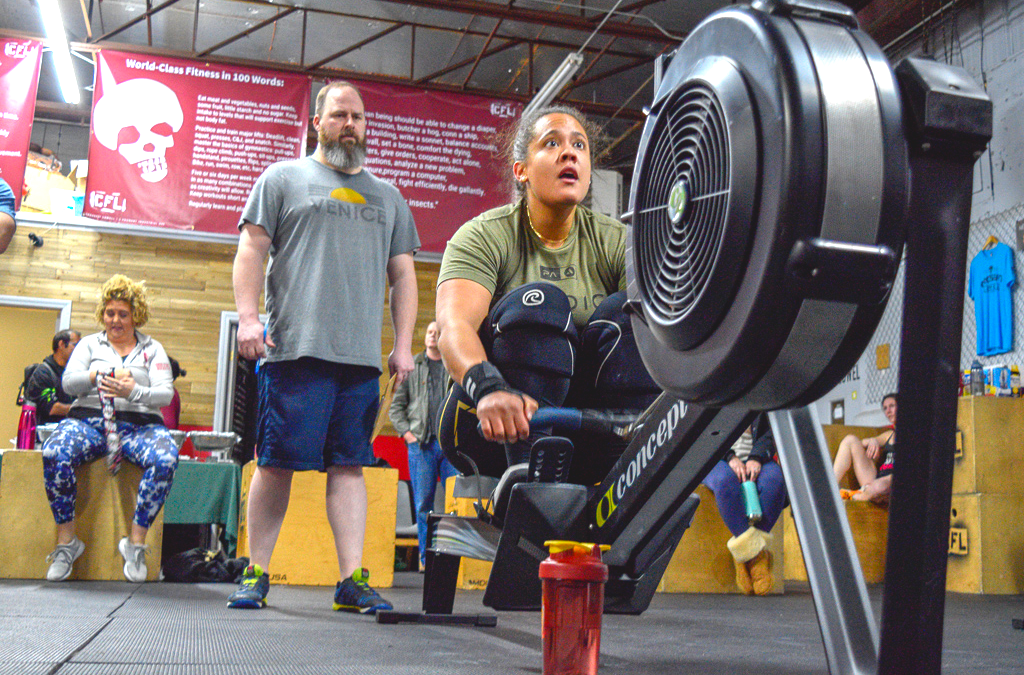“I want to be faster.”
“I want to be stronger.”
“I want to be thicker.”
“I want to be thinner.”
“I want to live longer.”
“I want to lift heavier.”
Ring true? The fitness and nutrition industry is built around pandering to an audience that might vaguely want one or more of these things for themselves. Given the option, we’d all want to live longer, healthier lives and beast massive amounts of weight, right? One only has to glance at the glossy issues of Generic Fitness Magazine piled up at the register to see the direction in which the authors are pointing you.
“Lose 5lbs in just 10 days!”
Is that really what you want? An indiscriminate drop in weight on the scale? Or do you want to lose fat? Gain muscle? Change your body composition? The industry’s job is to try to tell you what you want, but you’re the only one who knows for sure.
So what are you looking for from your fitness program? Any goal that’s yours warrants merit. Proper goal setting methods can vary depending on personal preference, but let’s keep it simple: it must be measurable.
“I want to be faster” becomes “I want to take my 100 meter dash time from 13.5 seconds to 12.3 seconds”.
“I want to be stronger” becomes “I have a 155lb bench press now, I want to add 30lbs by Christmas”.
These goals can be measured with baseline now and later a retest, and what you can measure can be improved. Now that you’re thinking in data-based terms, consider the program that will best suit your needs. Fitness is not one-dimensional. A solid modality will incorporate elements beyond standard-issue cardio to put you on the fast track to achievement.
Be prepared for a shift in your goals – you may find that you begin a program to look or feel a certain way, and notice that months later, your goals have become more performance based
Give your goal specificity and it will be easy to find the right program for you.

